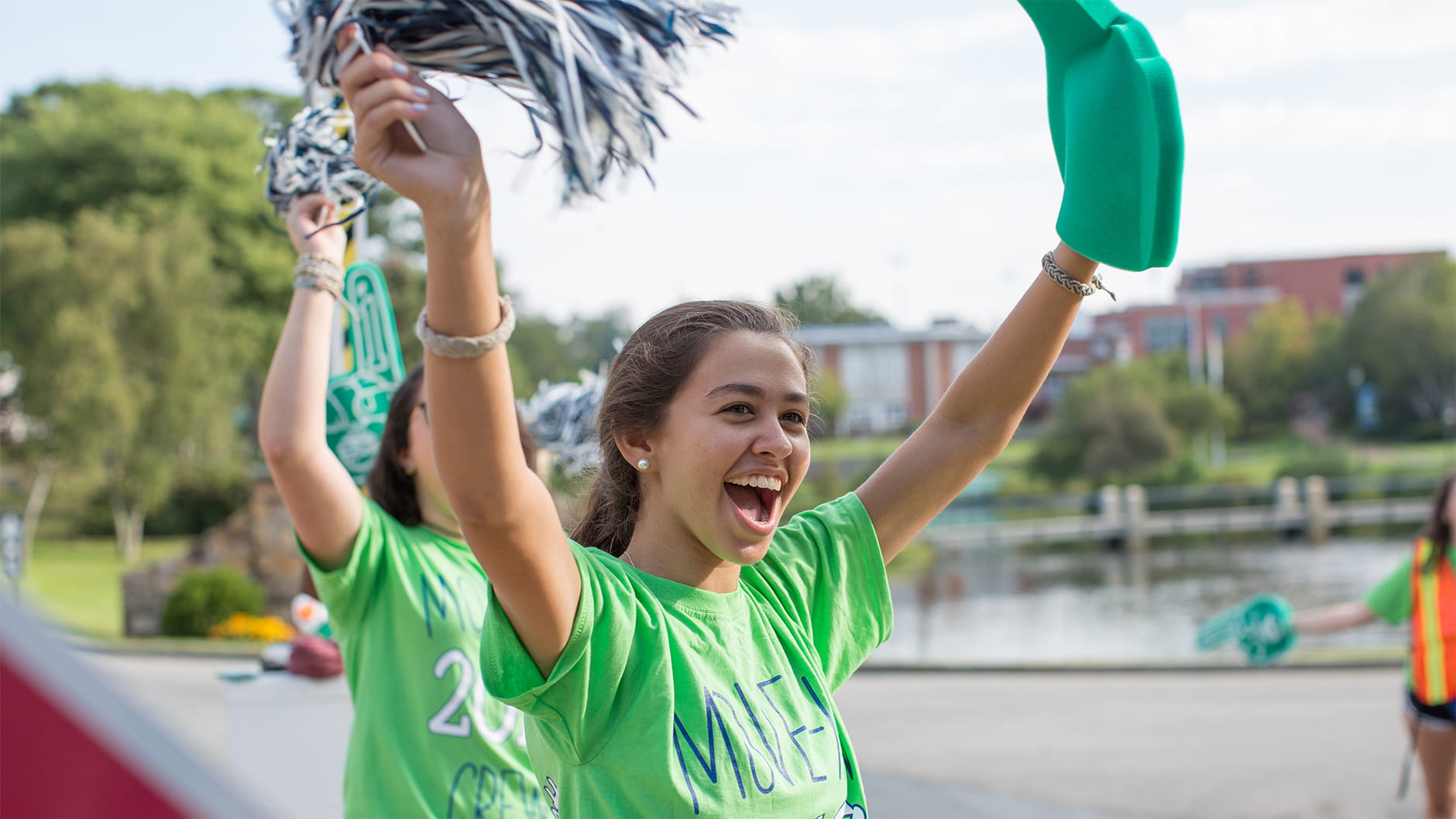According to the Brain Injury Research Institute in Wheeling, W.Va., an estimated 1.6¬–3.8 million sports- and recreation-related concussions occur in the U.S. each year. During 2001–2005, children and youth ages 5–18 years accounted for 2.4 million sports-related emergency department (ED) visits annually, of which 6% (135,000) involved a concussion.
In any given season, 10% of all college players and 20% of all high school players sustain brain injuries. The Institute reports that concussions can have serious and long-term health effects, and even a seemingly mild 'ding' or a bump on the head can be serious. Program Director of Exercise Science at Endicott College Dr. Kevin Rooney agrees.
Rooney, who was featured in an Everyday Health article titled, “Early Treatment for Concussion May Reduce Recovery Time,” notes that parents and student-athletes should both be familiar with signs that might indicate a concussion, such as:
- Headache
- A feeling of pressure in the head
- Nausea/vomiting
- Blurred vision
- Mood or personality changes
- Sense of not feeling like yourself
- Sluggish demeanor, fatigue, low energy
- Drowsiness
- Trouble sleeping
- Sensitivity to light or noise
- Confusion
- Trouble concentrating
- Memory recall is challenging
- Seizure
If a child or student-athlete sustains a head injury, parents and coaches should monitor their symptoms and consider the following questions.
- Are their symptoms getting better or worsening?
- Has their activity level changed?
- Has their behavior or mood changed?
If a young athlete complains of concussion symptoms, or exhibits behavior that indicates a possible brain injury, parents and coaches should contact a physician or medical specialist immediately.
“Based on my experience, I believe that there is a large percentage of athletes who ignore or hide head injury symptoms because they are afraid of losing their spot on the team, losing playing time, or they have a fear that they’re letting someone down if they cannot play,” says Rooney. “We need to continue to educate athletes, coaches, parents, administrators, and others on the impact concussions can have on one’s life.”
Students need to know that immediate care will help them heal more quickly. A JAMA Neurology investigation, published in January 2020, explains that young athletes who received a concussion and were treated within the first week of the incident were almost five times more likely to recover in fewer than 30 days, compared with others who didn’t receive quick care.
Prevention efforts are also important. To help limit injury risk, Rooney advises that athletes learn proper techniques and form, wear equipment that fits properly, and add neck strengthening exercises to a regular fitness routine, as it may play a role in reducing twisting the head (torsion) during impact.
“While players may not be able to avoid sustaining a concussion, limiting its effects can get you back on the field sooner—and restore your quality of life,” says Rooney.



